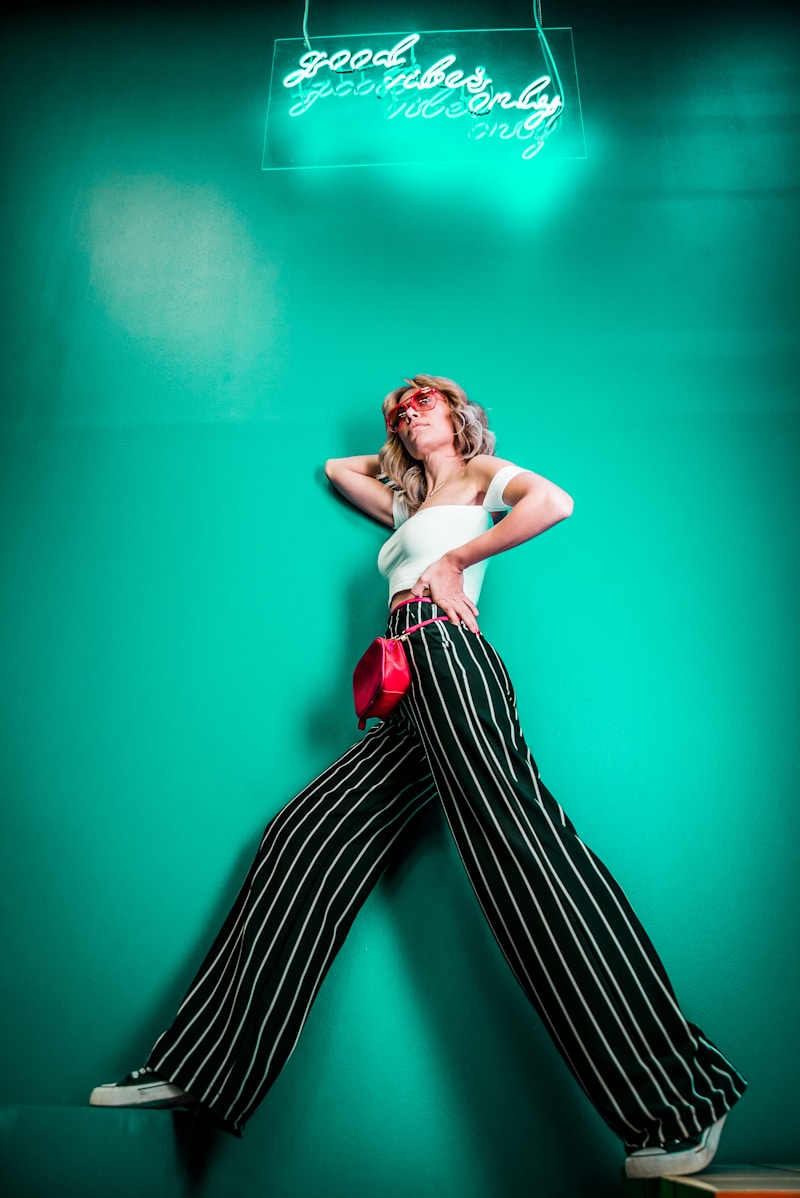Exploring Unique Fabric Combinations: The Key to Outstanding Fashion Design
In the rapidly evolving world of fashion, unique fabric combinations play a crucial role in distinguishing a designer's work. Whether you are a seasoned fashion designer or someone just starting in the textile industry, understanding how to creatively blend different fabrics can significantly enhance your designs, leading to innovative garments that capture attention. In this article, we delve into the benefits of utilizing unique fabric combinations, explore creative ideas for blending materials, and provide valuable tips to elevate your fashion design game.
The Importance of Unique Fabric Combinations
Fabric is the foundation of any garment, influencing its aesthetic, comfort, and functionality. Unique fabric combinations offer numerous advantages:
- Differentiation: In a saturated market, standing out is essential. Creative fabric combinations can make your designs unique and memorable.
- Enhanced Aesthetics: Mixing various textures, colors, and patterns can create visually striking pieces that attract consumers.
- Functional Versatility: Different fabrics provide different functionalities, such as breathability, durability, and drape, enhancing the garment's overall performance.
- Innovative Design: Combining unexpected materials can lead to groundbreaking designs that push the boundaries of conventional fashion.
Popular Fabric Combinations to Consider
When it comes to unique fabric combinations, the options are nearly limitless. Here are some ideas that can inspire your next collection:
| Combination | Example Usage |
| Silk and Cotton | Luxurious tops with a lightweight feel |
| Denim and Lace | Casual skirts with a touch of elegance |
| Leather and Knits | Chic jackets that offer both warmth and style |
| Wool and Chiffon | Layered dresses that provide texture and movement |
| Corduroy and Satin | Trendy trousers with a luxe finish |
Creative Ideas for Blending Fabrics
To achieve inspiring designs, consider the following creative techniques when combining fabrics:
1. Contrast Textures
Mix rough textures like denim or corduroy with smooth fabrics like silk or satin to create a striking contrast. This interplay not only adds visual interest but also creates a tactile experience for the wearer.
2. Play with Color
Utilizing different shades of the same color or contrasting colors can result in exciting outcomes. For instance, pair deep navy denim with a bright orange silk to create a bold statement piece.
3. Layering
Layering different fabrics can create depth in your designs. Consider a lightweight chiffon overlay on a solid wool base to add dimension and movement to a garment.
4. Strategic Placement
Use unique fabric combinations in strategic areas of a garment. For example, adding lace panels to the sleeves of a cotton shirt can elevate its design while maintaining comfort.
5. Reversible Designs
Creating reversible clothing that features different fabrics on each side can provide versatility and increase wearability. For instance, a jacket could feature cotton on one side and a faux fur on the other, allowing the wearer to choose their look.
How to Choose the Right Fabrics
Selecting the right fabrics is crucial in achieving successful combinations. Here are some tips:
- Understand Fabric Properties: Familiarize yourself with the characteristics of different fabrics—some may be breathable, while others offer stretch or drape.
- Consider the Season: Choose fabrics that suit the season; lightweight cottons for summer versus heavier wool for winter.
- Test for Compatibility: Before committing to a fabric combination, test how they interact in terms of drape, texture, and color. Swatch them together to visualize the final look.
Conclusion: Embracing Unique Fabric Combinations
In conclusion, unique fabric combinations are essential for modern fashion design. By understanding the importance of fabric blending and exploring creative methods for mixing textiles, you can elevate your designs and stand out in the competitive fashion industry. Always be sure to test fabric compatibility to ensure your designs not only look good but also feel good. As you explore the vast world of fabrics, remember that innovation and creativity are your best allies in producing truly breathtaking garments.

As you embark on your fashion journey, keep these suggestions in mind, and don't hesitate to push the limits of your creativity. The more you experiment with different unique fabric combinations, the more your personal style will flourish, setting you apart as a distinctive designer in the realm of fashion.